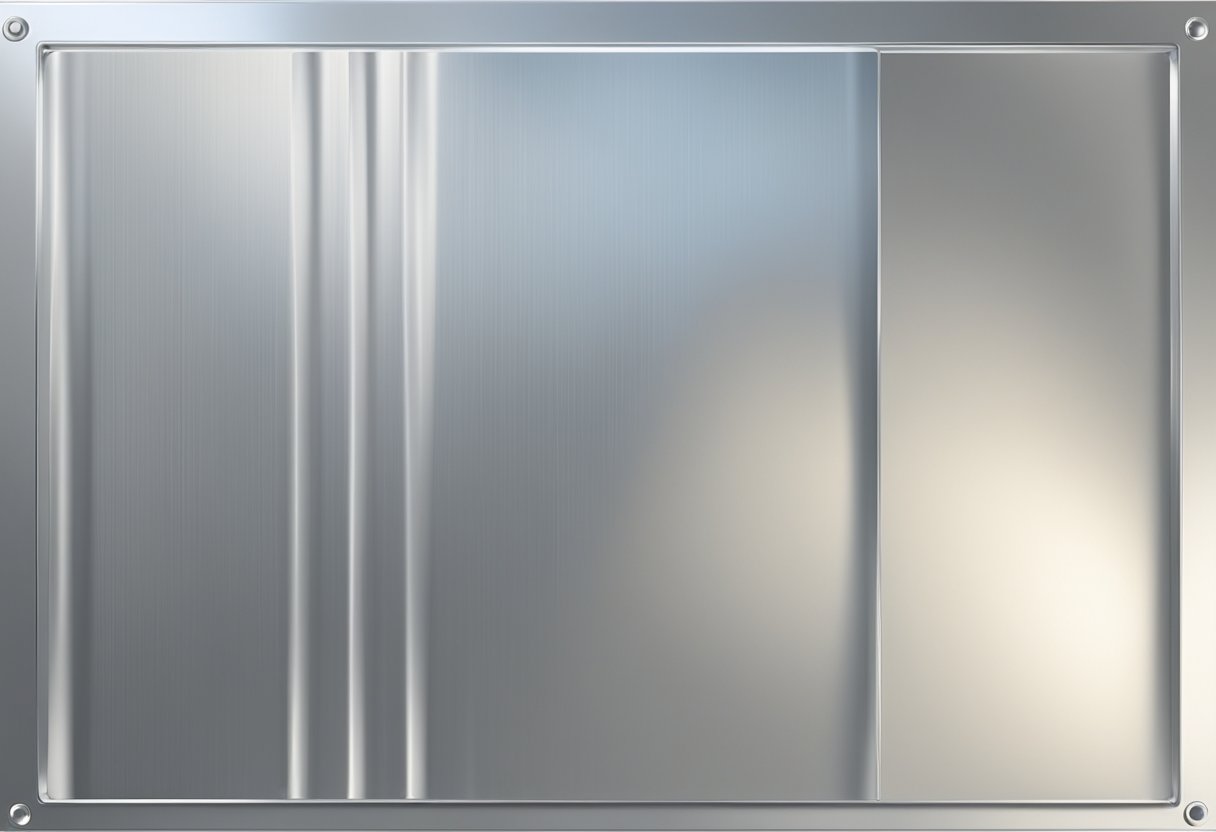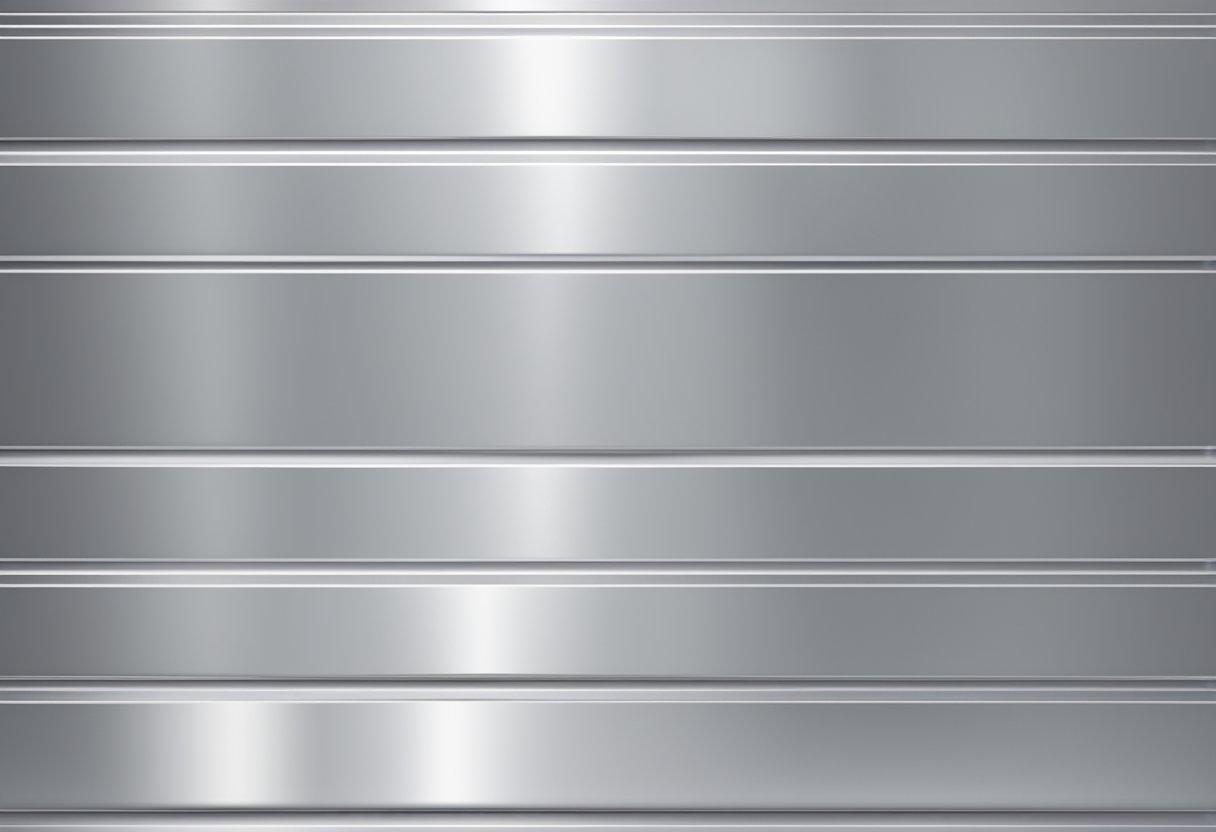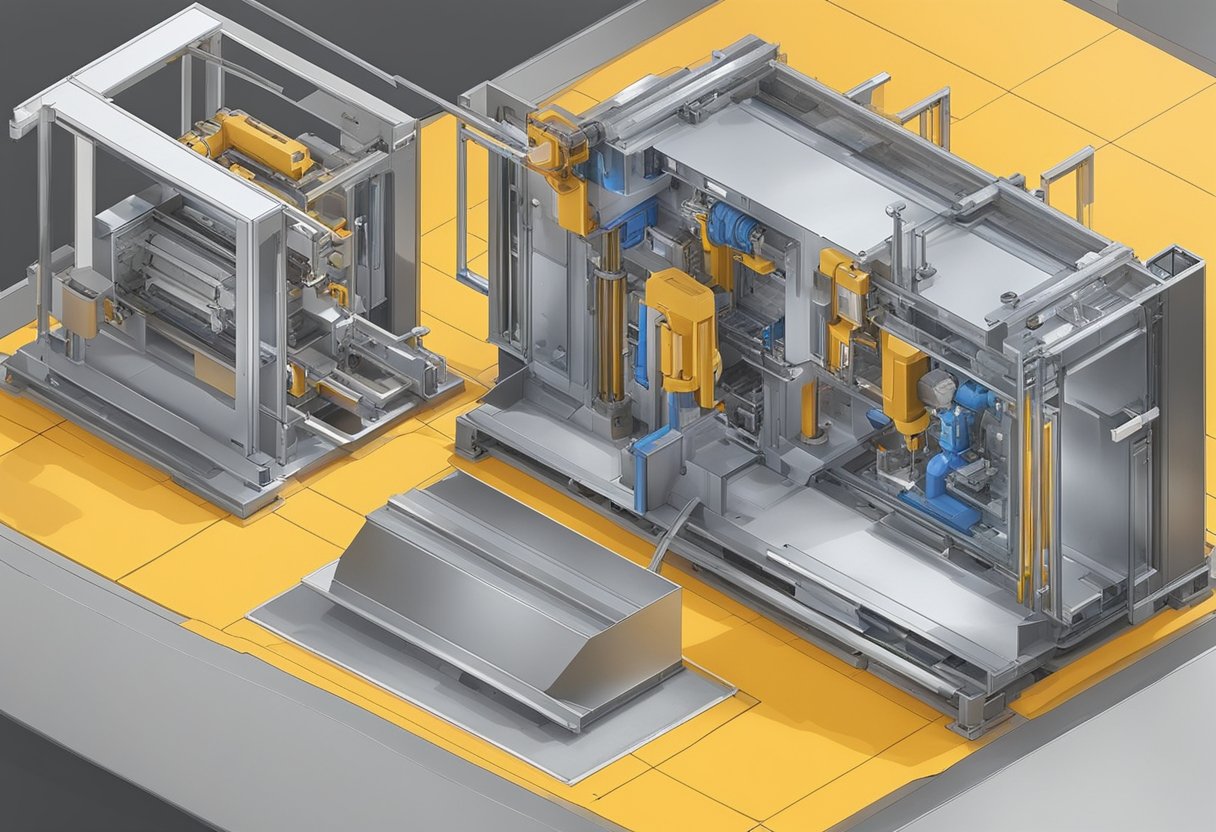Aluminum plastic panel, also known as aluminum composite panel (ACP), is a type of sandwich panel made up of two aluminum sheets bonded to a non-aluminum core material. The core material can be made of a variety of materials such as polyethylene, mineral-filled fire-retardant (FR) core, or corrugated aluminum core.

ACP is widely used in the construction industry as a cladding material for buildings due to its lightweight, durability, and ease of installation. It is also commonly used for signage, advertising boards, and interior decoration. The aluminum sheets on either side of the core material can be coated with a variety of finishes, such as PVDF or polyester, to enhance its aesthetic appeal and protect it from weathering.
The popularity of ACP can be attributed to its versatility and affordability. It is available in a wide range of colors, textures, and finishes, making it a popular choice for architects and designers. Additionally, ACP is relatively inexpensive compared to other cladding materials such as glass, stone, or brick. However, the use of ACP has come under scrutiny in recent years due to safety concerns, particularly in the wake of several high-profile building fires.
Composition and Properties

Aluminum Layers
Aluminum plastic panel, also known as ACP or ACM, is composed of two aluminum layers sandwiching a polyethylene core. The aluminum layers are typically coated with a protective finish, such as PVDF or polyester, to enhance their durability, weather resistance, and aesthetic appeal.
The thickness of the aluminum layers can vary depending on the application and the desired properties. Generally, the top layer is thicker than the bottom layer to provide better resistance to weather, impact, and scratching. The aluminum layers can also be customized in terms of color, texture, and pattern to match the design requirements.
Polyethylene Core
The polyethylene core is the central layer of the aluminum plastic panel and provides rigidity, insulation, and soundproofing properties. The core is made of high-density polyethylene (HDPE) or fire-retardant (FR) core, depending on the application and the building codes.
The thickness of the polyethylene core can also vary depending on the panel’s overall thickness and the required properties. Thicker cores provide better insulation and soundproofing, while thinner cores are more lightweight and cost-effective.
Overall, aluminum plastic panel is a versatile and durable material that offers a wide range of properties and applications. Its composition and properties make it suitable for various industries, such as construction, transportation, signage, and advertising.
Manufacturing Process

Material Preparation
The first step in manufacturing aluminum plastic panel is the preparation of materials. Aluminum sheets are coated with a layer of polyvinylidene fluoride (PVDF) or polyester paint. The thickness of the paint layer is usually between 25 and 28 microns. The core material is made of low-density polyethylene (LDPE), which is compressed and bonded to the two aluminum sheets.
Bonding Technique
The bonding technique used in aluminum plastic panel manufacturing is a continuous lamination process. The aluminum sheets and the core material are passed through a set of rollers that apply heat and pressure to bond the layers together. The temperature and pressure are carefully controlled to ensure that the bonding is uniform and strong.
Cutting and Finishing
Once the bonding process is complete, the aluminum plastic panel is cut to the desired size and shape. The edges of the panel are then finished using a variety of techniques, including routing, sawing, and shearing. The finished panels can be further processed to add decorative or protective coatings.
Overall, the manufacturing process of aluminum plastic panel is a complex and precise process that requires careful attention to detail. By using high-quality materials and advanced bonding techniques, manufacturers can produce panels that are strong, durable, and aesthetically pleasing.
Types of Aluminum Plastic Panels
Aluminum plastic panels are composite materials consisting of two aluminum sheets sandwiched with a non-toxic low-density polyethylene core. These panels are widely used in the construction industry for their durability, lightweight, and aesthetic appeal. There are different types of aluminum plastic panels available in the market, each with its unique properties and features.
Fire-Retardant Panels
Fire-retardant aluminum plastic panels are designed to resist fire and prevent the spread of flames. These panels are made with special additives that make them fire-resistant and self-extinguishing. Fire-retardant panels are ideal for buildings that require high levels of fire safety, such as hospitals, schools, and commercial buildings.
UV-Resistant Panels
UV-resistant aluminum plastic panels are designed to withstand prolonged exposure to sunlight and other weather conditions. These panels are made with a special coating that protects them from fading, chalking, and cracking. UV-resistant panels are ideal for buildings located in areas with high levels of sunlight exposure.
Antibacterial Panels
Antibacterial aluminum plastic panels are designed to prevent the growth of bacteria and other microorganisms on their surface. These panels are made with special additives that inhibit the growth of bacteria and prevent the spread of diseases. Antibacterial panels are ideal for buildings that require high levels of hygiene, such as hospitals, laboratories, and food processing facilities.
In conclusion, aluminum plastic panels come in different types to suit different construction needs. Fire-retardant panels offer high levels of fire safety, UV-resistant panels withstand prolonged exposure to sunlight, and antibacterial panels prevent the growth of bacteria and other microorganisms.
Applications
Aluminum plastic panel (ACP) has a wide range of applications in various industries because of its unique properties. In this section, we will discuss the different applications of ACP in detail.
Building Cladding
ACP is widely used in building cladding because of its lightweight, durability, and aesthetic appeal. It can be easily fabricated and installed, making it an ideal choice for modern architecture. ACP is also weather-resistant and can withstand harsh weather conditions, making it a suitable choice for buildings in different regions. Additionally, ACP is available in various colors and finishes, allowing architects to choose from a wide range of options to meet their design requirements.
Signage and Displays
ACP is an excellent material for signage and displays because of its versatility and durability. It can be easily cut, shaped, and printed on, making it an ideal choice for creating attractive and eye-catching signage. ACP is also lightweight, making it easy to install and transport. Moreover, it can withstand exposure to the sun, wind, and rain, making it suitable for outdoor use.
Interior Design
ACP is increasingly being used in interior design because of its versatility and aesthetic appeal. It can be used to create modern and stylish interiors, such as wall cladding, ceiling panels, and furniture. ACP is available in various colors, textures, and finishes, making it an ideal choice for creating unique and personalized interiors. Additionally, ACP is easy to clean and maintain, making it a practical choice for high-traffic areas.
In conclusion, ACP has numerous applications in various industries because of its unique properties. Its lightweight, durability, and aesthetic appeal make it an ideal choice for building cladding, signage and displays, and interior design.
Installation Techniques
Mechanical Fixing
Aluminum plastic panels can be mechanically fixed to the building structure using a variety of methods. One of the most common methods is the use of aluminum extrusions and brackets, which are attached to the building structure and then used to hold the panels in place. The panels can also be attached using screws or rivets, which are drilled through the panel and into the building structure.
It is important to ensure that the mechanical fixing system is designed and installed correctly, as any errors can compromise the integrity of the panel system. The fixing system should be designed to accommodate any thermal expansion and contraction of the panels, as well as any wind loads or other environmental factors that may affect the system.
Adhesive Bonding
Another method of installing aluminum plastic panels is through adhesive bonding. This involves using a high-strength adhesive to bond the panels directly to the building structure. Adhesive bonding is often used in situations where mechanical fixing is not possible or desirable, such as on curved or irregular surfaces.
The adhesive used for bonding should be specifically designed for use with aluminum plastic panels, and should be applied in accordance with the manufacturer’s instructions. It is important to ensure that the surface to which the panels are being bonded is clean and free from any contaminants that may affect the adhesion of the panels.
Overall, both mechanical fixing and adhesive bonding can be effective methods of installing aluminum plastic panels, and the choice of method will depend on the specific requirements of the project. It is important to work with an experienced installer to ensure that the panel system is installed correctly and to the highest standards.
Advantages of Aluminum Plastic Panels
Durability
Aluminum plastic panels are known for their durability and strength. They are made up of two layers of aluminum sheets bonded together with a non-toxic polyethylene core. This structure makes them resistant to harsh weather conditions, corrosion, and fire. They can withstand high winds, heavy rain, and extreme temperatures, making them suitable for both indoor and outdoor applications.
Aesthetics
Aluminum plastic panels come in a wide range of colors and finishes, making them a versatile choice for architects and designers. They can be customized to match any design or color scheme, and can even be printed with graphics or patterns. The panels have a smooth, flat surface that gives them a clean and modern look. They are also lightweight, which makes them easy to install and handle.
